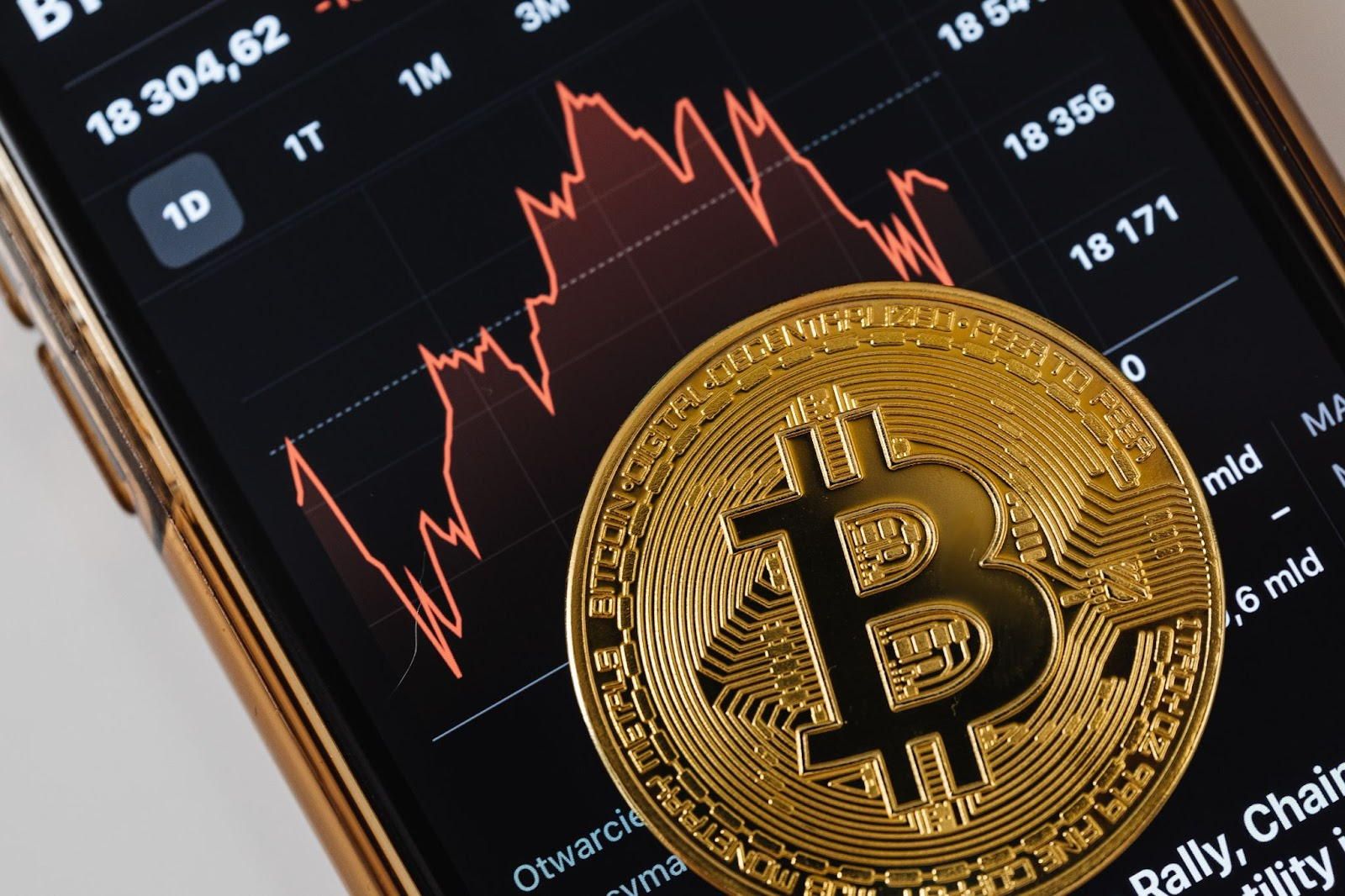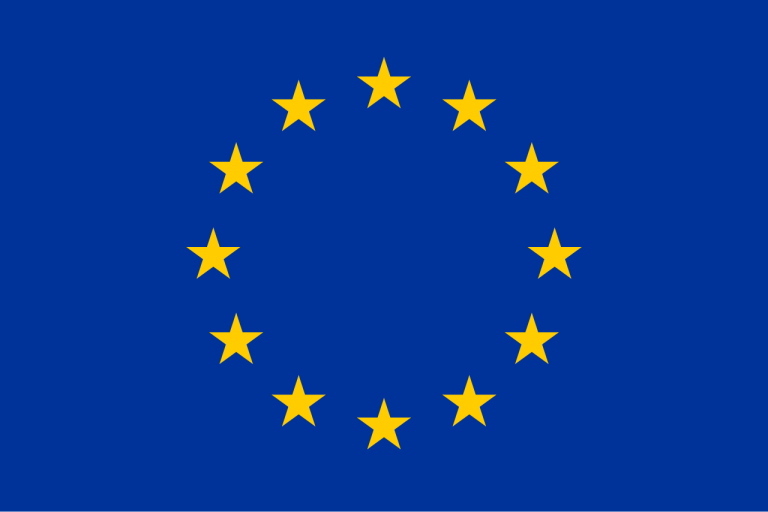
Bitcoin, the world’s largest cryptocurrency by market capitalisation, soared to a new all-time high on Sunday morning, surpassing $125,000 for the first time in history.
According to data from CoinMarketCap, Bitcoin was trading at $124,913 as of 8:55 a.m., representing a 97% increase from around $62,000 recorded in October 2024.
The latest surge comes on the back of bullish momentum in U.S. equities, with both the S&P 500 and the Nasdaq Composite recently closing at record highs. Bitcoin had previously peaked at $124,500 on August 14, following the passage of favourable U.S. legislation related to digital assets.
Ethereum (ETH), the second-largest cryptocurrency by market cap, rose 2.4% to $4,609, as the broader digital asset market continued its upward trend.
CoinMarketCap data shows the total global cryptocurrency market cap reached $4.35 trillion, up 1.9% on the day, with over $150 billion in trading volume recorded as of 09:15 a.m.
Bitcoin’s meteoric rise in 2025 has been fuelled by a combination of:
- Regulatory reforms under U.S. President Donald Trump, a vocal proponent of the crypto sector;
- Strong correlation with traditional equity markets;
- Renewed investor confidence in the long-term viability of decentralized assets.
Nigeria Eyes Regulatory Framework for Digital Assets
Meanwhile, in Nigeria, Central Bank Governor Olayemi Cardoso said on October 3 that the CBN is working with the Securities and Exchange Commission (SEC) to develop a sustainable regulatory framework for digital currencies.
“Cryptocurrencies, fintech, and blockchain innovation will play a role in shaping the future of currency policy, but the extent remains to be seen,” Cardoso said.
He noted that Nigeria continues to play a significant role in the global crypto ecosystem. The country previously ranked among the top hubs for cryptocurrency trading, despite regulatory uncertainty and enforcement actions in recent years.
Outlook
With Bitcoin now in uncharted territory above $125,000 and global interest reignited, attention is turning to whether institutional flows and clearer regulation will sustain the momentum or lead to another correction.



